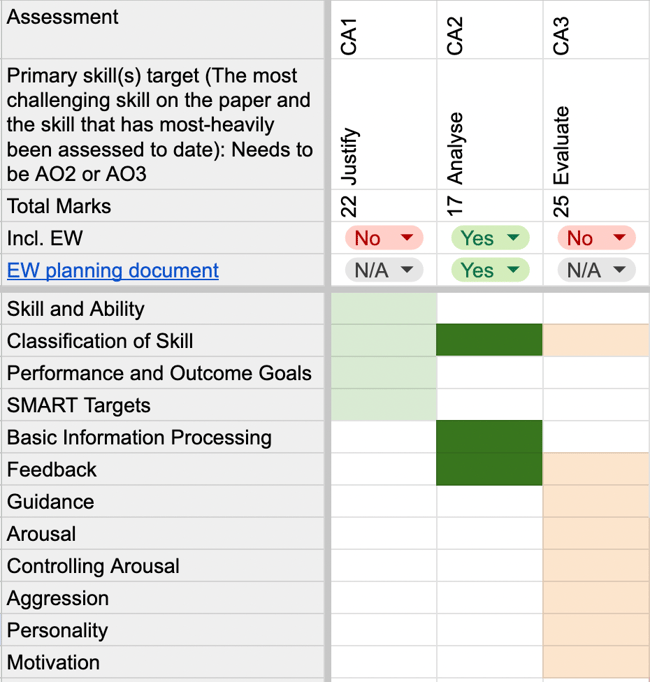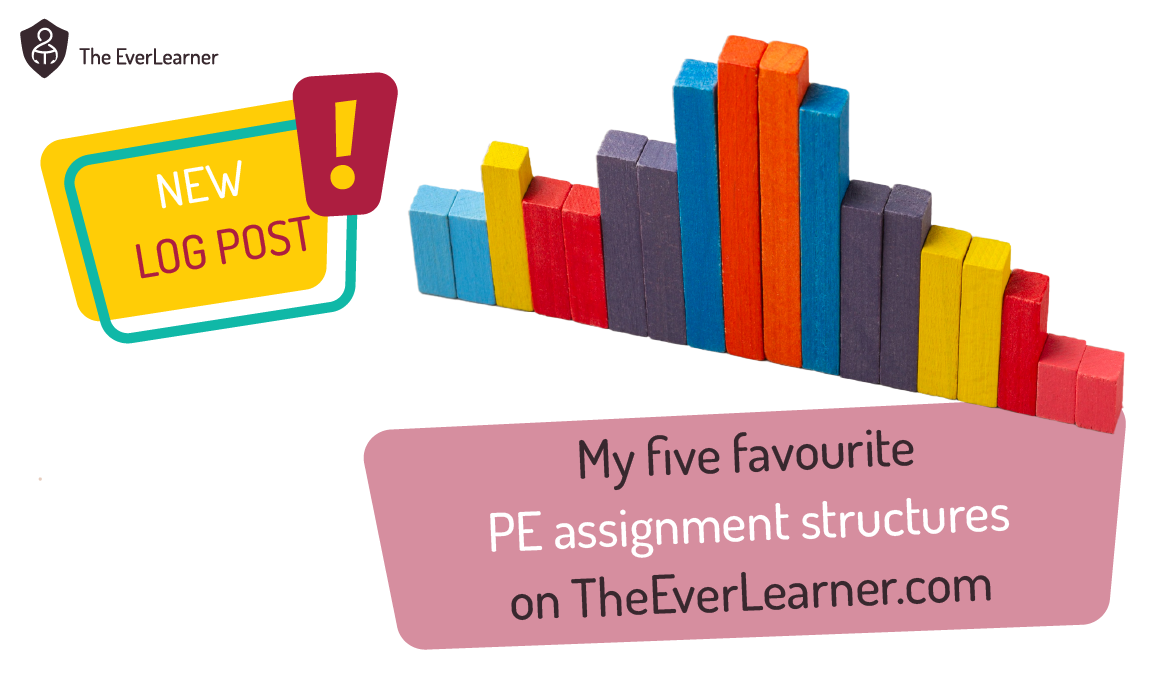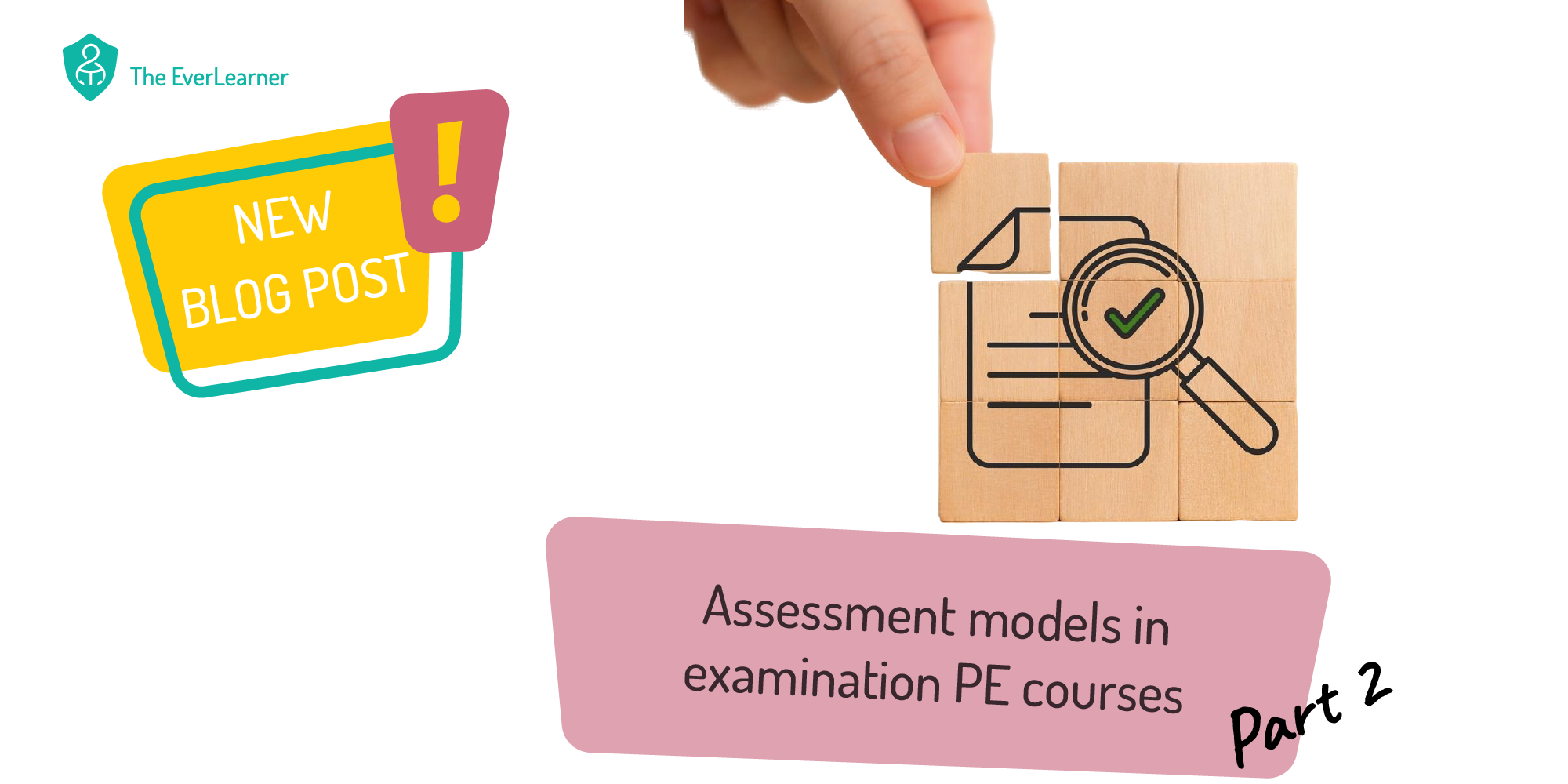New PE-learning feature on TheEverLearner.com: Centralised Assessment Models
Dear PE colleagues and especially my PE customers (don’t like the word customers but it is the correct term in this case),
I’m delighted to let you know that we have a brand-new learning feature on TheEverLearner.com platform. As you know, we improve TheEverLearner.com platform all the time. Recently, we released single sign-on (SSO) for students and teachers, for example, but it remains relatively unusual for entire learning features to be launched as new. This is the case this week.
The learning feature I am referring to is Centralised Assessment Models (CAMs). Another term for them could be “James’s Assessment Models” or “TEL Assessment Models”. They are, in essence, the assessment models that I do (for the courses I teach to my groups) or would (for the courses I am not currently teaching) establish and apply to maximise the learning of my own students in-game.
(If you are an AQA GCSE PE teacher and interested in being part of our testing group for these new assessment models, please register your interest here.)
- a centrally-designed and high-quality assessment model for every PE/Sport course;
- model exams that specifically target the content areas of each section of a course AND the skills by which these content areas are typically assessed;
- interleaved model exams so that new and previous learning is appropriately assessed together;
- due to that interleaving, content areas are assessed more than once;
- in the range of between seven and nine assessments per course plus a National Mock Exam.
Take a look at this example from AQA GCSE PE 9-1 Paper 2:
Please note the following things before we get into the content:
- There are 10 core assessments in total for AQA GCSE PE 9-1 Paper 2.
- Core assessment 10 is a mock exam.
- We have identified the “Primary skill” for each core assessment. This means that there is a “destination” or “peak” skill for each paper. Many other skills will be included, but we need to ensure that the primary skill is present.
- We have considered the rollout of extended writing. Six out of 10 core assessments include extended writing.
- We have considered how to scaffold extended writing and have specific planning documentation that will become less and less relied upon over time.

Please note that:
- Core assessment 2 and 3 are interleaved with previous, relevant content areas.
- The major topic of this section of the paper, classification of skill, is assessed on all three core assessments.
Now, let’s look at the entire core assessment model:
Take a few moments with the image above. There is a lot of detail there. Perhaps, take a closer look at the CA5 column. There is only one new piece of content in that assessment, which is the impact of technology. However, CA5 has been interleaved back to incorporate the media, commercialisation, guidance and feedback. Why? There is more than one answer to this question, but the main one is that all those topics rely on technology to some degree but also on the ‘Evaluate’ skill. This is really, really important. Notice, for example, that technology is not interleaved with the classification of skill topic. Why not? Classification of skill relies much more heavily on the ‘Justify’ skill.
What happens now?
I want you to imagine that my team and I publish an assessment model such as the one above for your course/unit. You get the schematic of the model as a document or file, say. As things stand, this would be helpful but you would still need to form all the assessments yourself, etc. 
Well, not any more.
As of September 2025 – and actually released for you to play with much sooner – customers/colleagues of TheEverLearner.com will have access to predesigned core assessments that are centralised features of the platform and are specific and tailor-made for your PE or sport course (if you are an AQA GCSE PE teacher and interested in being part of our initial testing group for these, please register your interest here). For example, all 10 core assessments that I have illustrated above –including the National Mock Exam for the year– will be available and ready to assign to your students:

These can be set by you (the classroom teacher or course manager) whenever you wish for them to be set and to be open for as long or as short as you wish. Furthermore, all of the following apply too:
- You can remove or replace any questions you wish, including questions from other sections.
- You can set the exam as online-assessed, online-practice (no time limit) or offline-printed. Whatever you prefer.
- You can mark the papers offline with a pen or online with the support of our machine-learning PE bot that auto-indicatively highlights the potentially correct responses.
- Finally, you can ensure that every student receives personalised diagnostics of their core assessment performance.
The other super cool thing is that we will be publishing data annually on how the national cohort of students have performed on those specific core assessments, as well as each element of them, including individual questions and skills. This will allow centres to have a fuller grasp on how their students are performing in the context of the national picture.
So, you won’t just know that your students averaged 68% on core assessment 4. You will also know the performance profile of every question, skill and assessment objective across the entire country. Wow! I strongly believe this is an advancement in relevant and in-game data about our students’ learning and performance.
Other thoughts
Many –in fact, nearly all– PE teachers will use some kind of assessment model within their course. The idea of CAMs is to make that model perfect. Now, perfect is a big word and, don’t worry, all PE teachers retain ultimate executive over what they use as their assessments when using our CAMs but it is also true that my team and I have thought very carefully about what a great assessment model could look like in GCSE PE, A-level PE, BTEC Tech, Cambridge Nationals, etc. and we believe that we have a really compelling and efficient model for you to consider. Our new feature means you have the perfect starting point to use with your cohorts. We encourage you to use them from September 2025.
Centralised Assessment Models FAQs
%20Text%20(Violet).png)


